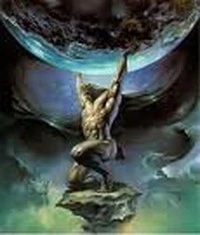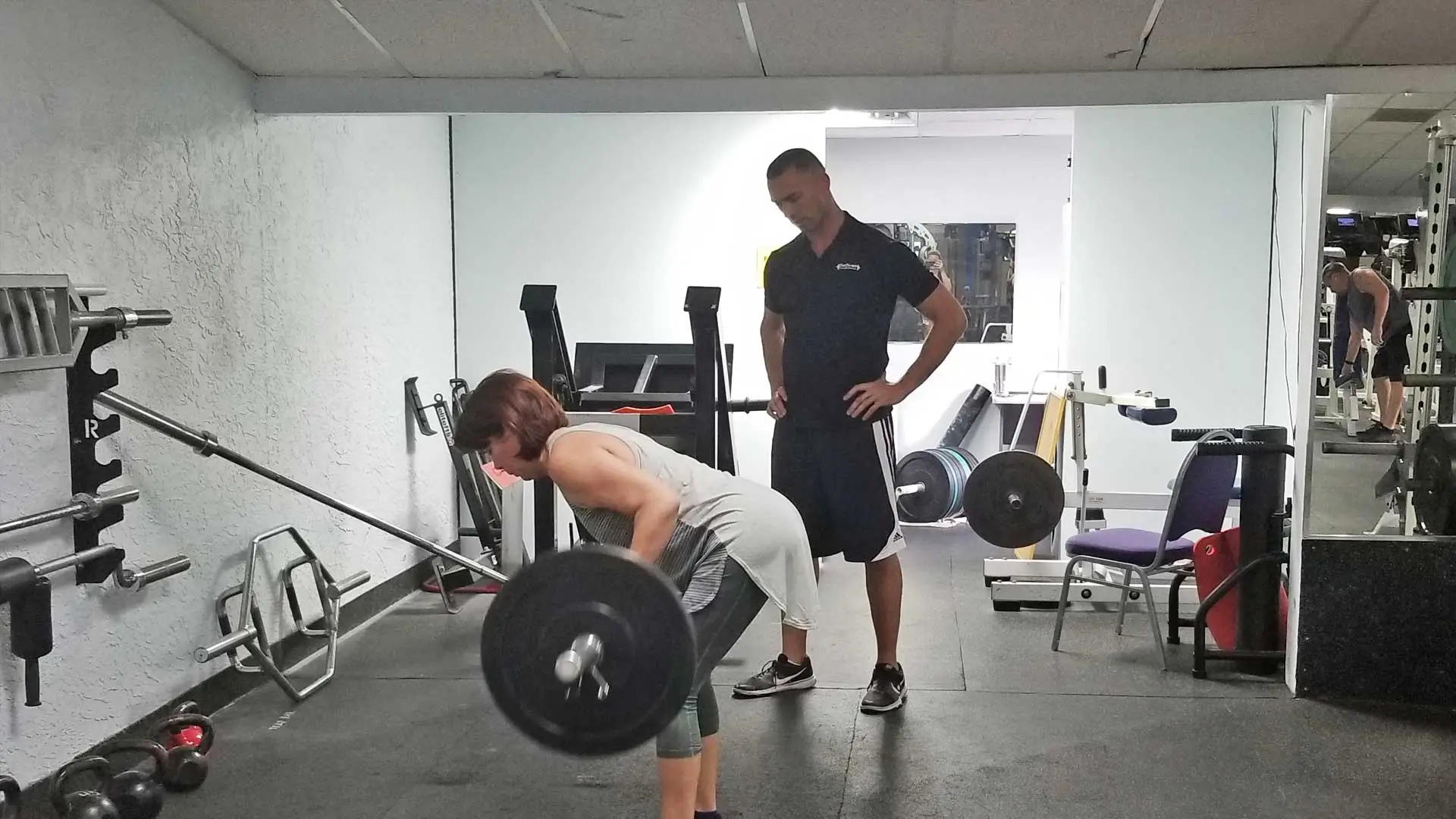1) Find something heavy 2) Lift it over your head
 The old timers had it all figured out, and I don’t mean Arnold Schwartzenegger, I mean Eugene Sandow, the very first weight lifter (after the Romans of course, but nobody has been able to find the stone tablets that held records of their workouts). The philosophy was simple, lift weight off the ground and put it overhead. It was simple, but not easy, which is perhaps why people stopped doing it and instead switched to using weight-lifting machines. Who can blame them? Machines are comfy, padded, require little exertion except for the specific muscle you’re targeting, and afterwards you feel like you’ve had a productive workout. Well, you haven’t had a productive workout (in my opinion anyway), but that’s another subject entirely.
The old timers had it all figured out, and I don’t mean Arnold Schwartzenegger, I mean Eugene Sandow, the very first weight lifter (after the Romans of course, but nobody has been able to find the stone tablets that held records of their workouts). The philosophy was simple, lift weight off the ground and put it overhead. It was simple, but not easy, which is perhaps why people stopped doing it and instead switched to using weight-lifting machines. Who can blame them? Machines are comfy, padded, require little exertion except for the specific muscle you’re targeting, and afterwards you feel like you’ve had a productive workout. Well, you haven’t had a productive workout (in my opinion anyway), but that’s another subject entirely.
The original weightlifters from the 1800’s and before didn’t have fancy gyms or nice equipment to help them build their bodies, they just had primitive barbells and dumbbells (the Romans just had stones!), and not even benches to bench press off of! And guess what, they were extremely strong human beings and their bodies showed it. They couldn’t do regular bench pressing but knew the chest was worked by horizontal pushing, so they did it on the ground, what we today call Floor Presses. They didn’t have squat racks that held a bar in mid-air for them so they could position the bar on their backs before doing heavy squats, they didn’t have anything but the weights. So what did they do? They lifted the weight off the ground! It seems strange to us today because we are so used to fully equipped gyms, but that was a much more natural way to train.
This led to the creation of the Olympic Lifts, the Power Clean, the Snatch, and the Clean and Press, all movements that demand intense focus and the entire body working as one to lift the weight off of the ground and get it over the head. Other mainstays of these weight-lifting pioneers were the Deadlift, the Military Press, Rows, and plenty of variations of these. This led to overall balanced physiques, because all of these movements required multiple muscle groups, and often times involved all of the body’s muscles! Also, there weren’t too many weak midsections among the early weight-lifters, as hoisting all that heavy weight around built a lot of core strength to brace and support all that weight.
All these natural and healthy ways of lifting went the way of the Dodo in the 1970’s when fads became a huge part of the exercise and fitness world, and plenty of silly diets followed. That trend unfortunately continues today, but we should look back to our founding fathers of iron and learn from them. Granted, we don’t need to train in as primitive a fashion as the old-timers, they did so because they had no choice; we now have more sophisticated equipment when it comes to free weights and we should take advantage of it. As Dan John, an Olympic athlete in the discus and Olympic lifts, likes to say, “I said it was simple, not easy.”



Comments (0)
Thanks for your comment!
Thanks for your feedback! Your comments have been successfully submitted! Please note, all comments require admin approval prior to display.
Error submitting comment!
There is a problem with your comment, please see below and try again.